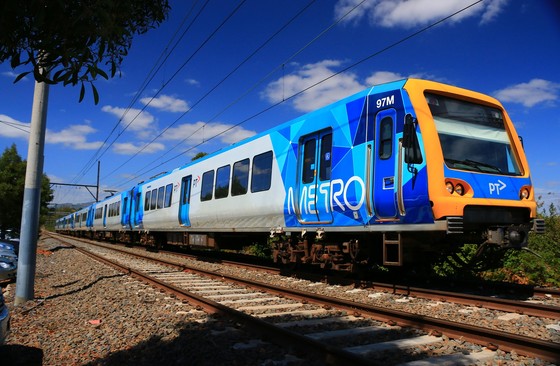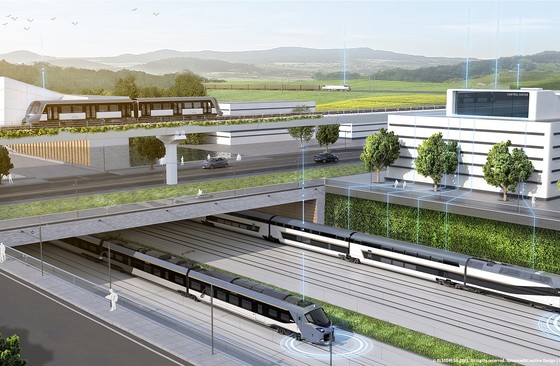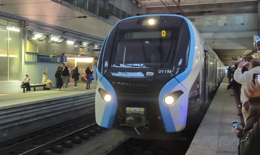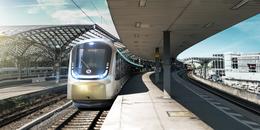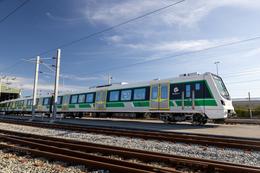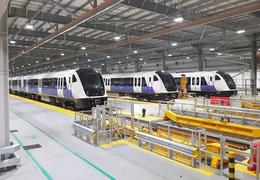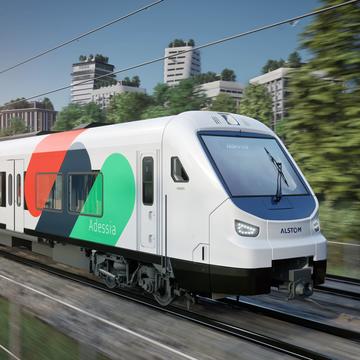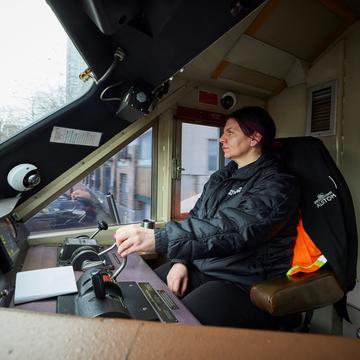Alstom white paper: Boosting sustainable growth of cities – Adessia commuter trains
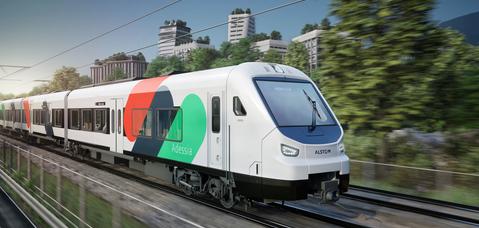
Cities and regions across the world are facing multiple challenges in their attempts to foster local economic growth, while ensuring that every urban and suburban resident has access to cost-efficient and eco-friendly mobility. We provide a whole range of solutions for these challenges, and one of them is the commuter train.
Acknowledging the specificity of commuter rail, Alstom has formed the Adessia™ commuter rail portfolio as a dedicated product category between the regional and urban rail segments. It equally addresses the higher velocity and passenger comfort needs of regional trains, and the higher acceleration and capacity requirements of urban transportation systems. So, in essence, these trains are designed to provide accessible and inclusive mobility for different infrastructures and types of operation around the world, tailored for fast mobility in densely populated urban and suburban areas. The high capacity and frequency of commuter rail systems provide a significant boost to a city’s transit service, supporting long-term economic growth.
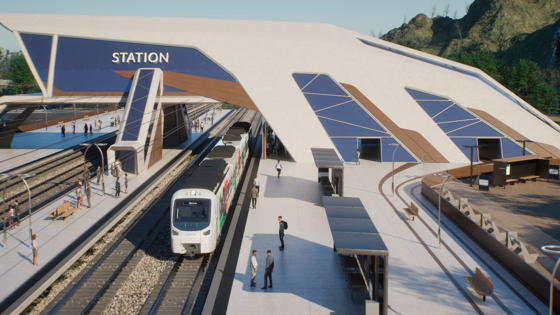
-
68.4%worldwide urbanisation rate in 2050 (United Nations’ World Cities Report 2022)
-
25%of global greenhouse gas emissions caused by the transport sector (United Nations’ Fact Sheet Climate Change 2021)
-
10case studies in this white paper highlighting our solutions for commuter rail ecosystems
This comprehensive white paper provides detailed insights on characteristics and features of Alstom’s Adessia commuter train range and its benefits for transport authorities, operators, maintainers and passengers. Over the past 60 years, Alstom has delivered more than 40,000 commuter rail cars to 15 countries around the world. 20+ million passengers travel on our commuter trains every day. Capitalising on this immense experience, we take a deep dive on various case studies to explain how urban ecosystems can boost their sustainable growth with green, intelligent and well-planned commuter rail systems.



